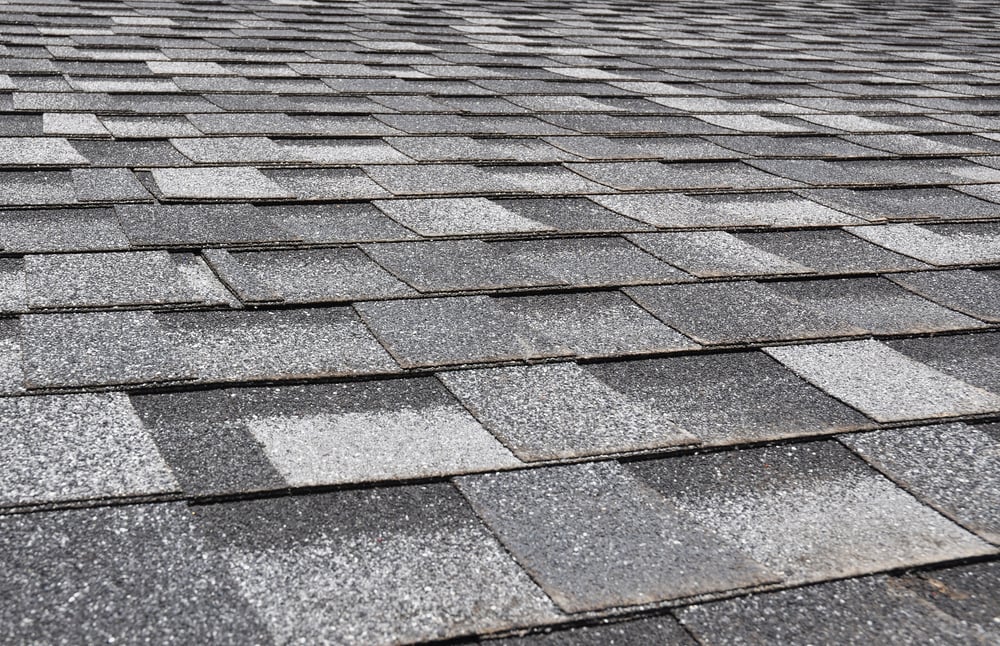If you’re getting ready to replace your roof, have you considered tile roofs vs. shingle roofs? When most people think of a roof, they think of shingles. But actually, traditional asphalt shingles aren’t the only option. Many homeowners opt for tile roofs instead. This type of roofing complements many architectural styles, as well as providing a few benefits over shingle roofs. Made from clay or concrete, they’re a visually appealing and environmentally friendly alternative.
Tile Roofs vs. Shingle Roofs: The Difference
If you’re weighing tile roofs vs. shingle roofs, you should compare them closely to make a decision for your home. Environmental impact, weather resistance, and aesthetics are all factors that come into play.
What is Tile Roofing?
Although most homes in the United States have shingles, if you compare tile roofs vs. shingle roofs on a global scale, you’ll find that tile is actually more popular worldwide. Tile has been in use for over a century, even longer than modern asphalt shingles.
In the US, tile roofs are most commonly seen on homes that borrow elements from Spanish architecture. The roofing tiles themselves are generally made from terracotta or slate, and they hang in parallel rows, overlapping to keep out rainwater.
The high weight and strength of the tile gives it good endurance. Most modern homes are structurally strong enough to support a tile roof, but there are also lightweight tile options available. Tile roofing can last for up to a century before it needs to be completely replaced, and most manufacturers offer 50-year warranties.
What is Shingle Roofing?
Shingles are the most common roofing material in North America. They can be made from a wide variety of materials, such as slate, plastic, and composites, but they are most commonly made out of asphalt. Each roofing shingle is small and rectangular. When installed, they overlap to keep out water. Asphalt is used because of its waterproof properties. They’re popular because the up-front cost is relatively low, and the installation itself is fairly easy and straightforward for professional roofers. When homeowners on a budget compare tile roofs vs. shingle roofs, they often choose shingles because of the price.
Roofing shingles come in a variety of shapes, textures, and colors, making them architecturally versatile. They reflect sunlight well, which is an advantage in hot climates, and they’re also designed to resist both, fire damage and algae growth. They can deteriorate from moss growth and accumulated debris, so shingle roofs need to be cleaned with specialized solutions.
Tile Roofs vs. Shingle Roofs: The Difference
If you’re not sure which type of roofing material you want, it helps to compare the features and qualities of tile roofs vs. shingle roofs, especially as they pertain to the climate you live in.
Pricing
When it comes to tile roofs vs. shingle roofs, shingles are the winner on price alone. Asphalt shingles will likely set you back somewhere between $3.00 to $5.00 per square foot, while tile costs somewhat more, with the price for material and installation coming in at anywhere from $4.00 to $5.55 per square foot.
Bear in mind, however, that clay tile roofs last much longer than asphalt shingle roofs. The average clay tile roof lasts 100 years, while the average asphalt shingle roof lasts 20 years.
Climate Resistance
Different climates come with distinctive weather patterns, temperature ranges, and seasonal variation, which can affect roofing materials. In warm regions like the Southeast, shingles do a great job of reflecting sunlight, keeping the inside of the house cooler and reducing home cooling costs. They do well in snowy climates as well, and snowfall slides off easily.
Tile is often preferred in cold climates. The density and durability of tile roofs resists damage from freezing, and because of the tile’s strength, the roof can support snow without sustaining damage.
Weight
Whichever type of roofing you choose, the rest of the structure will need to support its weight. Not every roof can handle tile, so this is a major consideration when comparing tile roofs vs. shingle roofs. You can consult with a contractor to determine your home’s actual carrying capacity, as weaker or more fragile structures aren’t always well suited for tile.
When you choose between tile and shingles, you’ll need to consider the cost, your climate, and the carrying capacity of your home’s overall structure. Both options are perfectly viable, and in some cases, it can come down to either cost or aesthetic preference.
Are you looking for roofing help?
Contact one of our local offices near you today.


